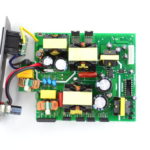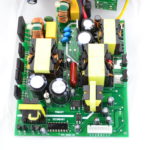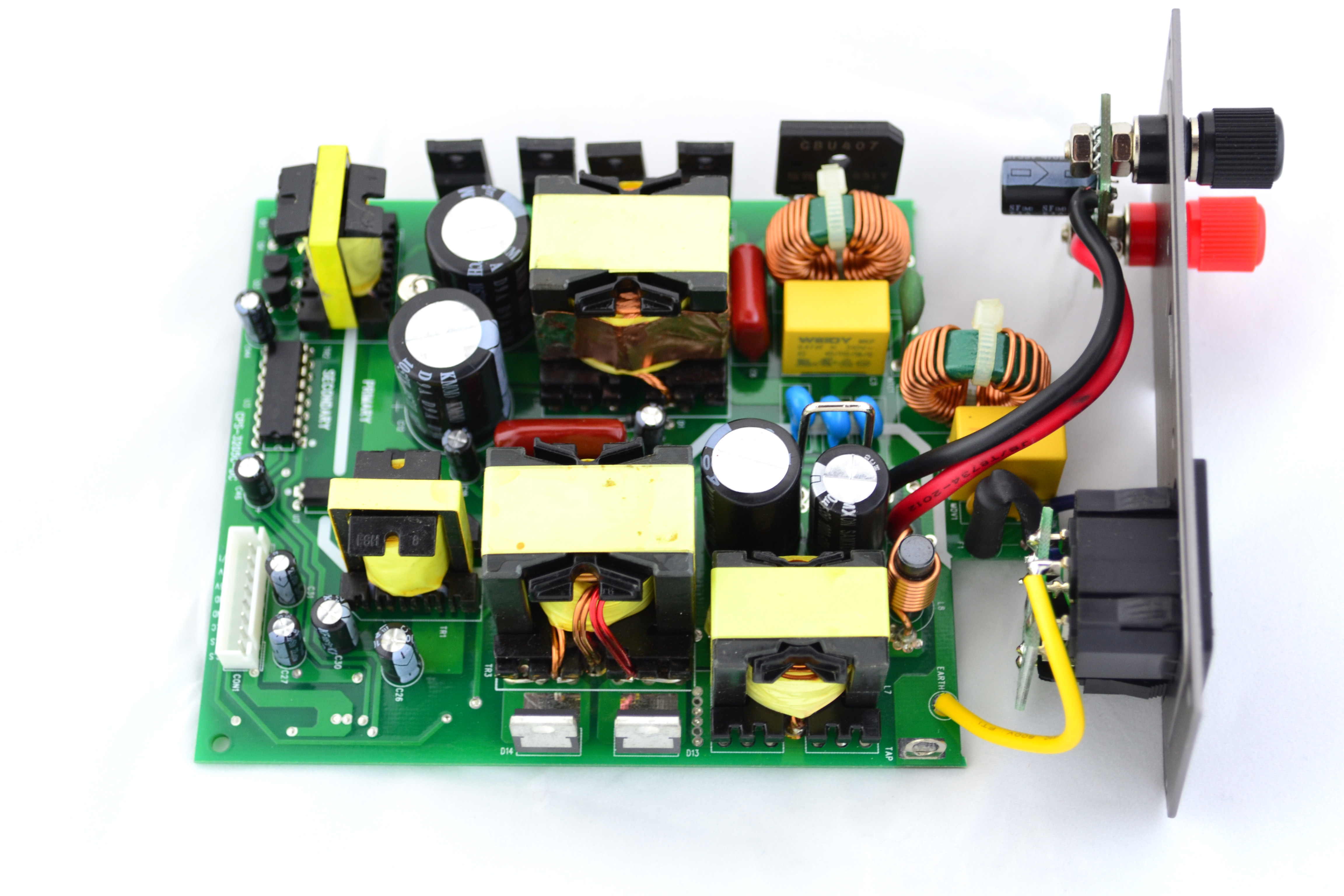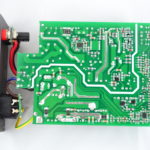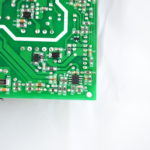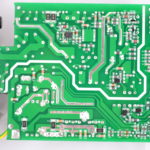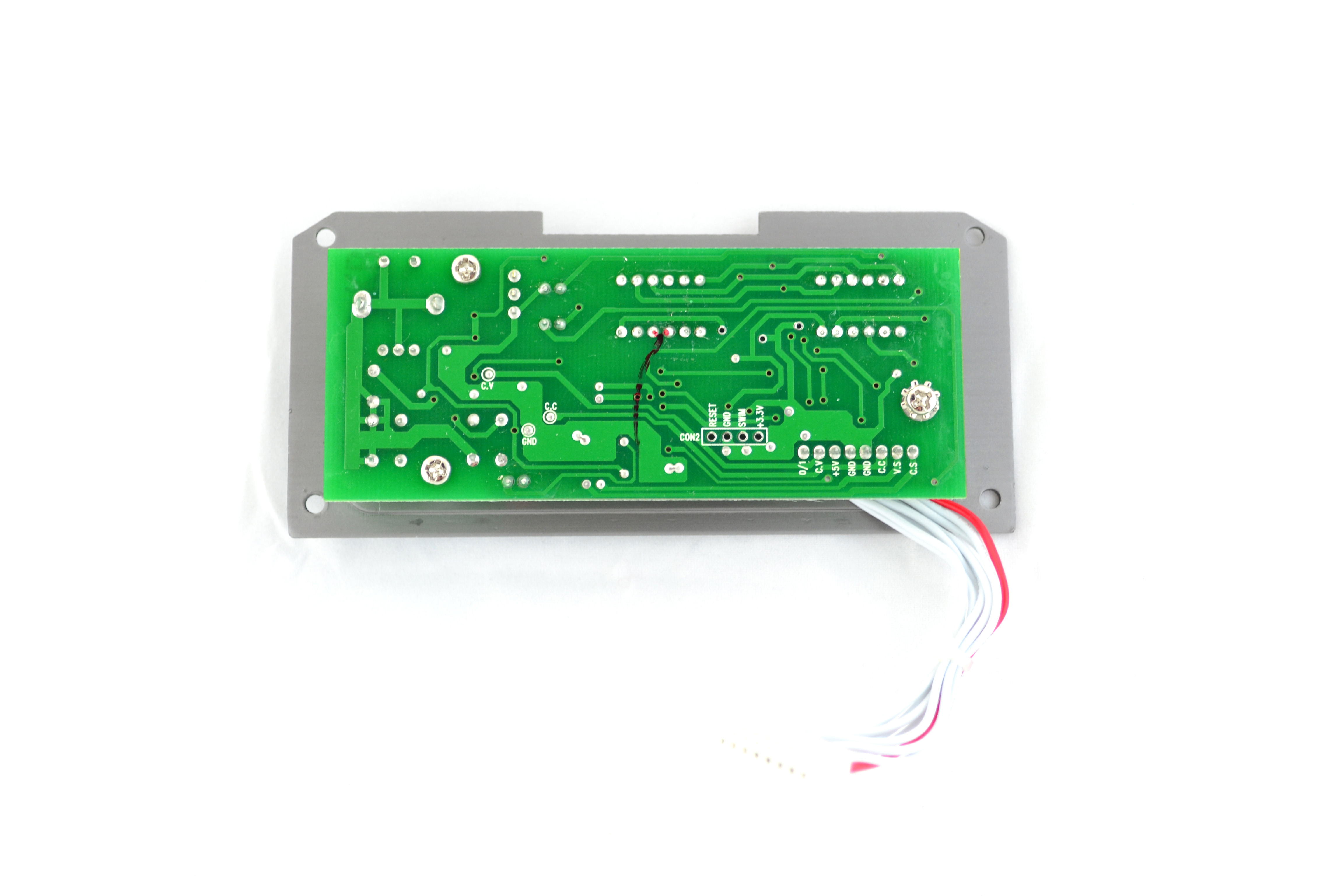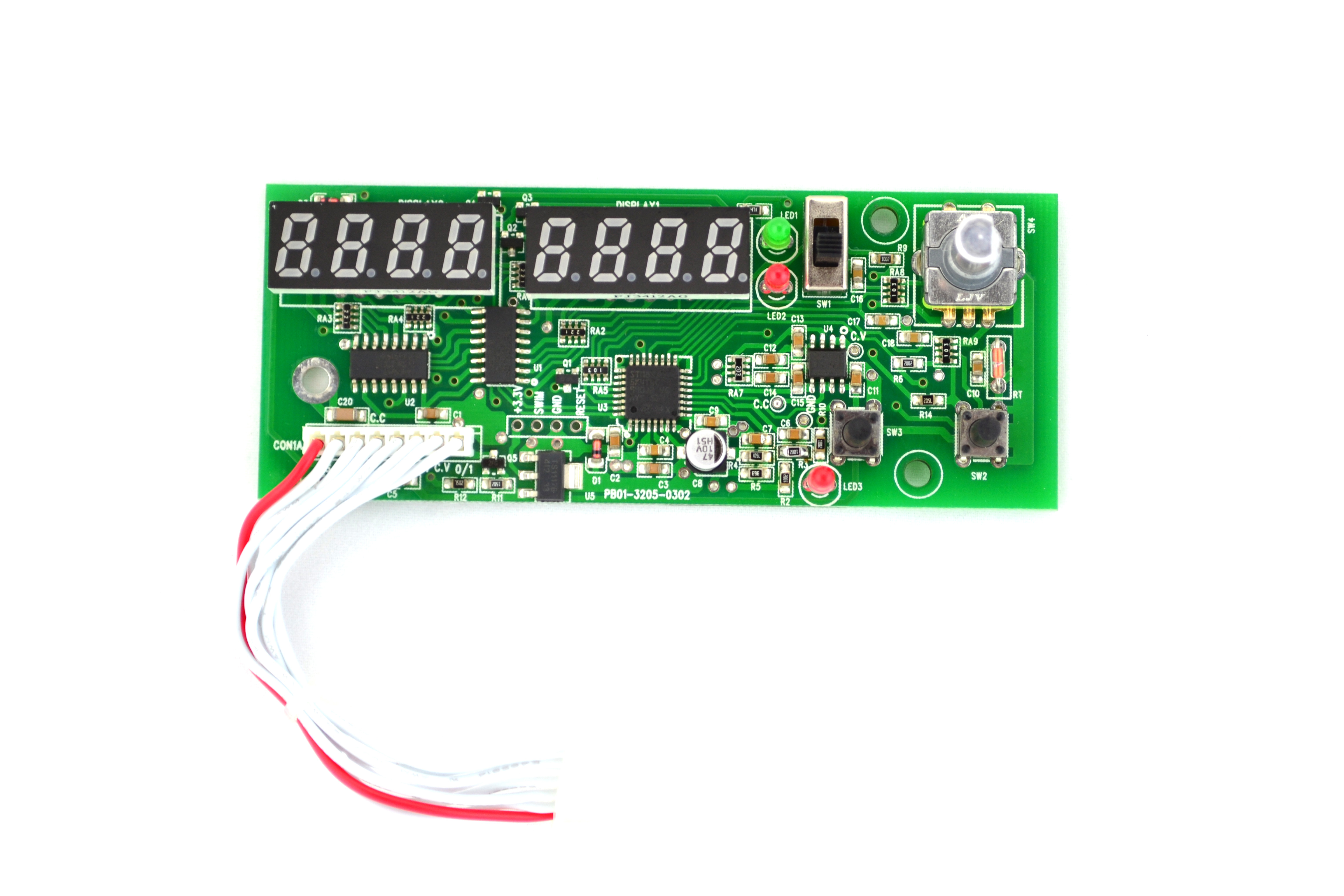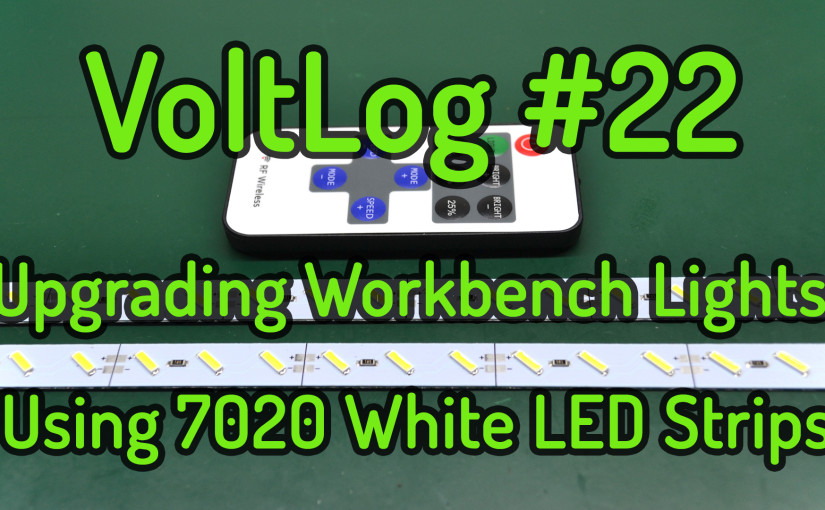Tag: power supply
Voltlog #72 – DIY AC-DC Off-Line Converter With TNY276/TNY277
This is the first AC-DC power supply that I’m designing and building. Everything seems to work up to a point where the chip (TNY 276 from Power Integration) gets too hot and enters thermal protection. This is where I’m asking my viewers help to jump in with suggestions on what might be wrong.
This is part 2 where I get the circuit working by switching from the TNY276 to the TNY277 which has a higher power rating and is probably the proper IC to use with this transformer (EE1616 ER2741)
And this is part 3 of the video where I finally find the real fault in the circuit. It turns out I was right, this circuit should have worked with the TNY276 as well and it wasn’t the higher power rating of the TNY277 that fixed the issue.
Voltlog #69 – LM317 Kit Assembly Fail
Sometimes, when I have some spare time I like assembling these cheap kits coming from China. Today I am assembling an LM317 adjustable power supply kit complete with voltmeter. Unfortunately they sent me a wrong resistor value so the kit didn’t work as expected but I was able to fix it in the end.
Voltlog #64 – DIY Adjustable Power Supply With Enclosure
Today I’m going to be building a complete DIY analog bench power supply. The actual analog power supply kit (0-30V 0-3A) that I’m going to be using, is this one, it was shown and assembled in voltlog #8. Besides that I’m going to be using this plastic enclosure which I think is quite nice and perfect for such a project, this one can also be found on banggood and there will be links in the description for all the items used in this build.
Voltlog #53 – DC-DC Step Down Adjustable Power Supply With LCD
In this video I power up the dc-dc adjustable step down power supply with LCD I got from banggood.
Voltlog #50 – InTheMail
A new InTheMail video because mail items have been constantly coming in. I hope you’ll find it interesting and if that’s the case, hit that like button so I know you like this kind of video.
Here is a list of items shown in this video:
- DC-DC Adjustable Step-Down Module with LCD
- OLED Panel Meter 0-33V 0-3A
- PWM DC Motor Speed Control
- BQ24650 MPPT Solar Panel Lithium Lead Acid Battery Charge Controller 5A
- Battery BMS Protection Board For 3S 18650 Lithium Battery
- Battery BMS Protection Board For 3-4S 18650 Lithium Battery
- Mini DC-DC converter Module
- RS232 Bluetooth Serial Adapter
- HC-05 Bluetooth Module
- MP3 Format U Disk TF Card decoder board module amplifier player
- Digispark Attiny85 Micro USB Development Board
- RFID T5577 125KHz EM4100 ID Card Copier Duplicator
- HC-SR505 Mini Infrared PIR Motion Sensor
- NCP1203D60 PWM Controller IC
- Energy Meter Electricity Monitor
You can find links for all of these items in the video description.
Voltlog #48 – New 2016 Gopher CPS-3205C Review & Teardown
This is the new 2016 revision of the Gopher CPS-3205C. Gopher has addressed some of the issues I found in the old revision and sent me their latest for review. You will see a teardown as well as various tests performed on this power supply.
Voltlog #45 – Multiple Rail Power Supply Kit Assembly
In this video I am assembling a multiple fixed rail power supply kit. This power supply works with a 5-24V input either through a USB mini socket or a dc barrel jack (2.5mm center positive) and at the output you get +12V, -12V, +5V, -5V and +3.3V. My kit was missing 1 small heatsink and one of the electrolytics was a different value than specified on the PCB.
Voltlog #43 – LCD Monitor Repair
In this video I am repairing an old 19 inch lcd monitor (Iiyama ProLite E481S) who isn’t powering up anymore. As usual with these lcd monitors, the fault is caused by capacitors on the power supply board.
Upgrading Workbench Lights Using 7020 White LED Strips
Although the operating temperature of this LED might be up to 85 deg C, while looking through various datasheets, I couldn’t find a graph showing a plot of the expected life in hours vs temperature. If I were to guess I would say you need to run these at less than 50 degrees C to get some decent life out of them. There was a mention of a stress test in a datasheet and that meant for that particular led manufacturer running it at 60 degrees C full rated current for 1000 hours with no resulting damage.
If you have any info on these LED’s and what temperature they should be running at to get some decent life out of them, please leave a comment below.
So to finish up on this story I have to say that I learned some things about these LED strips. If I were to design something from scratch I would run some basic thermal calculations based on the figures from datasheets but in this case, with these chinese led strips, there is no datasheet, I can’t even easily compare to existing datasheet because these can’t be compared: the driving current is different, the LED only has one die in my case and so on.
The next thing I will try is to double my L shaped heatsink with another piece the same model and size this way I will be increasing my heatsink surface and hopefully cool the LED’s better, maybe shave another 5 degrees.
I will be posting an update with some measurements for comparison once I get the upgrade done. Links for the power supply, led dimmers as well as the light meter used in this video will be in the description of the video so do check them out.
